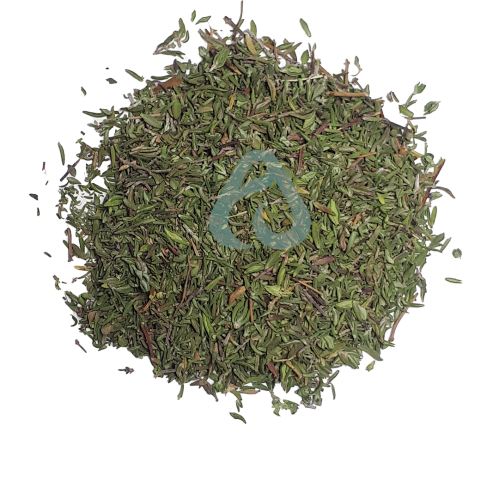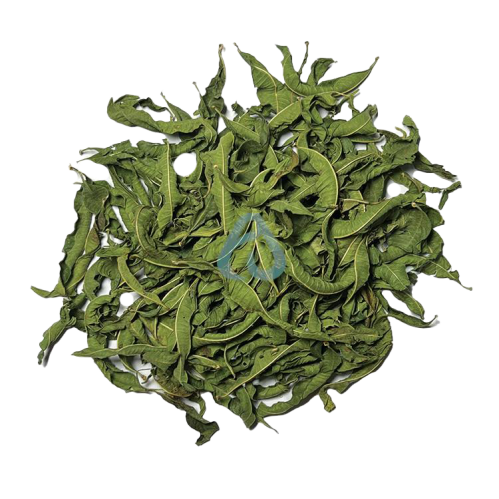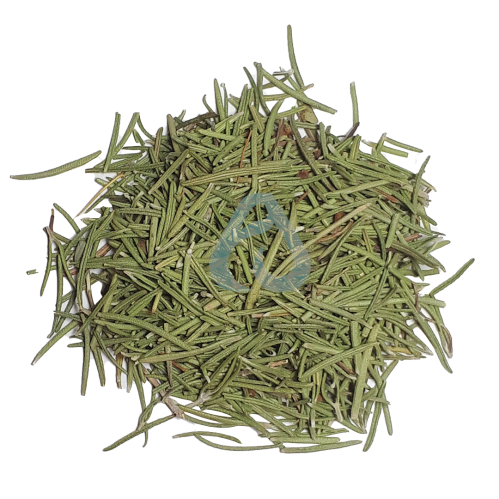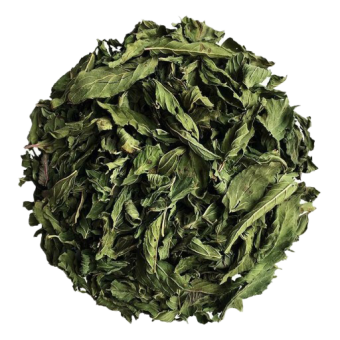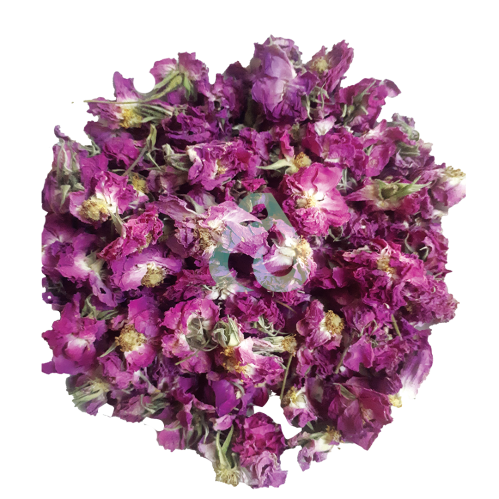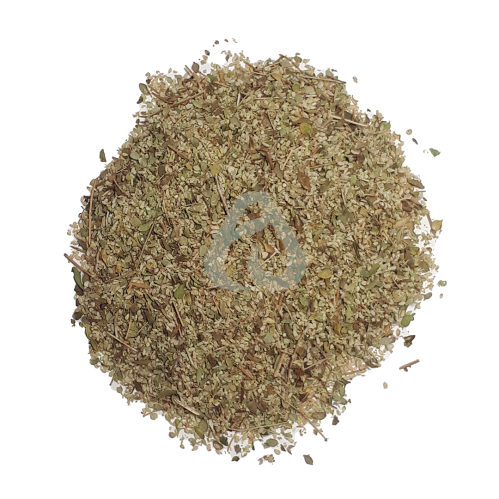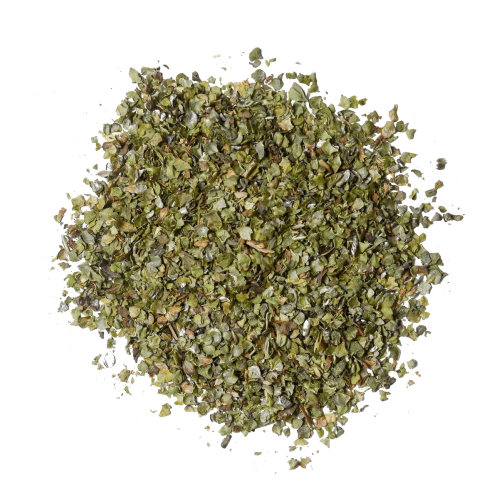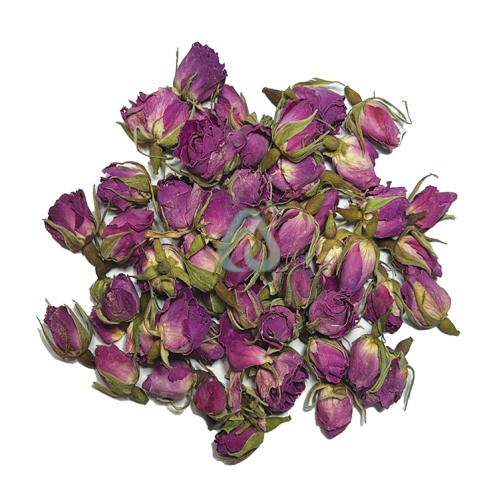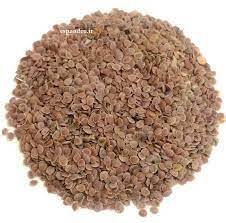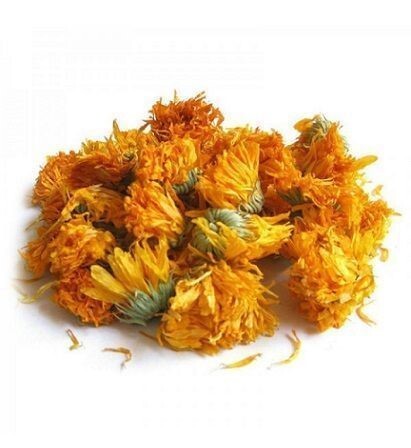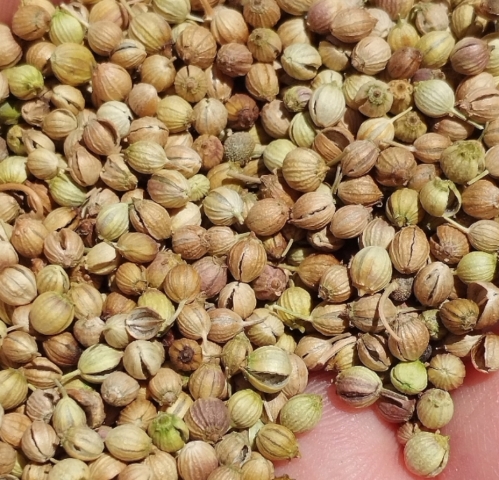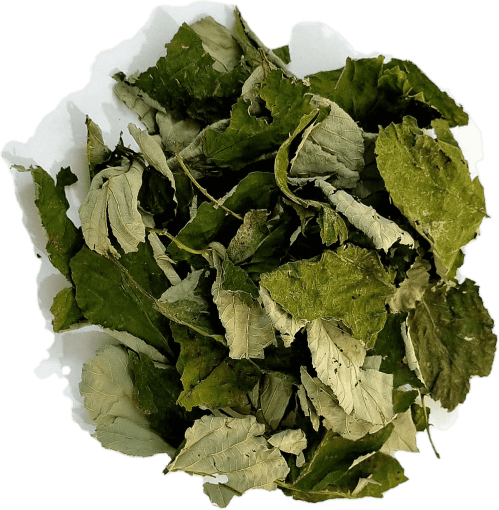Herbals
Iran has a rich and ancient history of herbal planting dating back thousands of years, deeply intertwined with its culture and medicine. Here's a glimpse into this fascinating journey:
Early Beginnings:
Prehistoric Times: Archaeological evidence suggests herbal remedies were used in Iran as early as 7,000 BC. Traces of specific herbs like licorice and thyme have been found in ancient sites.
Mesopotamia & Elam: By 3000 BC, civilizations like the Elamites and Mesopotamians in the Iranian plateau documented knowledge of various medicinal plants in their cuneiform writings.
Golden Age of Medicine:
Achaemenid Empire (550-330 BC): Physicians associated with the Royal Court played a crucial role in codifying herbal knowledge. Records like the "Ahura Mazda Tablets" listed medicinal plants and their uses.
Hellenistic Period (330-250 BC): Following Alexander the Great's conquests, Greek medicinal knowledge merged with Iranian traditions, fostering further advancements. The city of Gondi Shapur established a renowned medical academy.
Islamic Era (7th century onwards): Islamic scholars like Rhazes and Avicenna made significant contributions to herbal medicine, translating and building upon previous knowledge. Their works like "The Canon of Medicine" became influential across the world.
Traditional Practices and Modern Developments:
Rural Communities: For centuries, traditional knowledge of herbal remedies continued to be passed down through generations in rural communities, particularly among women.
20th & 21st Centuries: While modern medicine gained prominence, interest in herbal remedies revived. Research efforts focus on the scientific validation of traditional uses and exploring new applications.
Key Influences:
Geographic Diversity: Iran's varied climate and landscapes fostered a rich diversity of indigenous medicinal plants, contributing to its unique herbal heritage.
Trade and Cultural Exchange: Interactions with neighboring civilizations like Mesopotamia, Greece, and India facilitated the exchange of knowledge and new plant introductions.
Religious and Philosophical Beliefs: Belief in the healing power of nature and connection to the divine further supported the practice of herbal medicine.
Today:
Iran continues to cultivate and export a wide range of medicinal herbs, some with global significance like saffron and barberry.
While facing challenges like modernization and environmental pressures, efforts are underway to preserve traditional knowledge and ensure the sustainable use of herbal resources.
Medicinal plants, with their diverse compounds and properties, find applications across a wide range of industries beyond their traditional use in medicine. Here's a glimpse into their versatile roles:
Pharmaceutical and Nutraceutical Industry:
Drug development: Many modern medicines, like aspirin and quinine, have their origins in plants. Ongoing research explores plant extracts and compounds for treating various diseases and ailments.
Dietary supplements: Plants are a rich source of vitamins, minerals, and other bioactive compounds. Extracts and powders are used in capsules, tablets, and other formats to promote health and well-being.
Cosmetics and personal care: Plant extracts contribute to anti-aging properties, hydration, and soothing effects in lotions, creams, and soaps. Essential oils also play a role in aromatherapy and fragrances.
Food and Beverage Industry:
Flavorings and spices: Numerous herbs and spices like turmeric, ginger, and garlic enhance the taste and aroma of food.
Natural food colorings: Extracts from plants like beetroot and saffron offer alternatives to synthetic food colorings.
Functional foods and beverages: Plants with health benefits are incorporated into fortified foods and drinks, like green tea and berry-infused water.
Agricultural Industry:
Insect repellents and pesticides: Extracts from plants like neem and pyrethrum offer natural alternatives to synthetic pesticides.
Biofertilizers and soil amendments: Plant-based compost and other organic materials improve soil fertility and support healthy plant growth.
Animal feed additives: Certain herbs and spices can promote animal health and well-being when added to their feed.
Textile and Fashion Industry:
Natural dyes: Plants like indigo and madder provide vibrant and eco-friendly alternatives to synthetic dyes.
Antibacterial and antifungal properties: Plant extracts are used in textiles to inhibit odor and microbial growth.
Bio-based fibers: Sustainable fibers like hemp and bamboo offer eco-friendly options for clothing and textiles.
Other Industries:
Biofuels: Ethanol derived from fermented crops like corn and sugarcane is a renewable biofuel alternative.
Bioplastics: Some plants can be used to create compostable and biodegradable plastics, reducing plastic pollution.
Water purification: Plant-based coagulants can naturally clarify water, reducing reliance on chemical treatments.
Request your quotation, just complete and send the form below.

